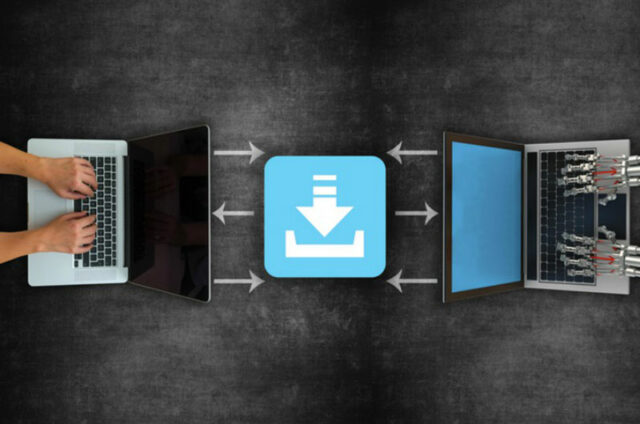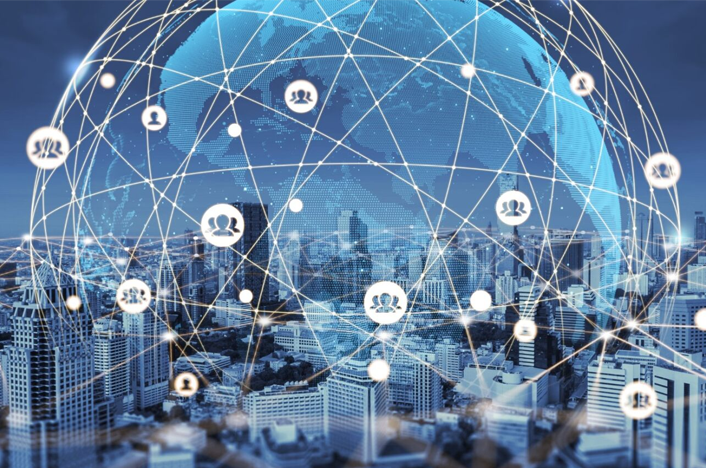Insights

Four reasons that powering service desk operations with AI And ML makes good business sense
Technologies like artificial intelligence (AI) and machine learning (ML) are reshaping the way we live and work, providing incredible opportunities to augment human capabilities to drive efficiencies, increase quality, deliver cost savings, and enhance customer value.
And while there are countless ways to apply these technologies, today I want to focus on service desk operations. Beyondsoft Intelligent Operations Platform (BIOPs) uses AI and ML to not only automate time-consuming manual processes; it can drastically increase the quality of your operations while keeping costs low. Below are four ways these technologies are transforming service desk operations.
1. Workflow automation
With AI/ML, you can automate manual, repetitive processes, such as service ticket creation and workflows. Virtual assistants that interact with end-users 24×7 can perform early triage and troubleshooting to minimize unnecessary support calls. They can also collect necessary details to create and route tickets to support agents, eliminating tedious data entry, and saving both agents and the end user’s time. Additionally, workflows, including handoffs, can be automated, reducing the instance of human error and ensuring tickets stay on track for timely closure within SLAs.
2. Intelligent KPI monitoring
Monitoring progress against KPIs is critical to ensuring your organization meets business goals. Intelligent KPI analysis identifies trends and patterns and offers real-time insights into your systems, including processes that are working well and those that could use improvement.
Intelligent KPI monitoring also improves issue detection. Typically, with manual issue detection, a set of rules based on the experiences of experts gets generated. An alert is triggered only if the KPI data violate one or a combination of these rules. However, these pre-set rules also pose many limitations: the experience is not reliable, the condition may change over time, and special events (like holidays) may shift the pattern of the KPI data. As a result, the alert system may have a high noise level.
With intelligent KPI monitoring, the system leverages AI and ML to learn from historical data, creating dynamic rules based on current data context and detecting problems in real-time with much higher accuracy—and fewer false alarms. This enables your organization to respond faster and with more accuracy, improving service quality while keeping labor costs to a minimum.
3. Root cause analysis
Modern systems are complex, often comprised of multiple subsystems, which may have their own data storage, monitoring systems, and operations teams. When a subsystem detects a problem, it can be challenging to determine if an upstream service or system causes it. Furthermore, a single issue can set off multiple alerts. And when you factor in data availability and variations in human expertise, it can be extremely challenging and time-consuming to find the root cause.
By leveraging AI and ML, data are integrated at the backend for analysis. A pretrained model determines root causes based on learnings from historical incidents, delivering the most likely result to the operations specialist. This fully automated approach significantly reduces the time and cost of root cause analysis, which means operations teams spend less time triaging and more time taking the actions needed to resolve issues and keep systems performing at optimal levels.
For a great example of how AI and ML can help transform root cause analysis, we can look to one of our customers. This cloud service provider offers more than 70 services across 40 global data centers. Before BIOPs, they were getting more than 9,000 alerts daily—too many to handle. Furthermore, event handling was reactive at best, and customer satisfaction was low. Meanwhile, around 80% of service desk work was repetitious, wasting valuable time and resources.
By introducing BIOPs into their service desk operations, they were able to quickly identify more than 20 hidden relationships between their services, helping them to expedite root cause analysis and decrease the number of alerts—and the time spent researching them. And by automating tedious processes, our customer was able to save time and money. Finally, thanks to 100% accurate event prediction, the customer can proactively avoid issues while responding more quickly to problems that do arise, increasing customer satisfaction.
4. Resource forecasting
Manual workforce management and forecasting can be difficult. Statistics just aren’t enough to accurately foresee future needs. And to meet SLA requirements and avoid labor shortfalls, resources are often overbudgeted. However, in addition to data, intelligent KPI forecasting analyzes historical trends and patterns to provide much more accurate forecasts, reducing the need for overstaffing and associated labor costs.
Furthermore, AI and ML can also predict computing volumes to anticipate bottlenecks and take proactive actions, such as increasing machine and network bandwidth, to accommodate usage spikes. This ensures higher service quality and limits the number of issues that require support.
During a recent project, we deployed BIOPs to help a significant software company leverage AI and ML for resource forecasting. As a result, they are now able to forecast staffing levels and change two weeks in advance, drastically increasing the accuracy of their capacity planning and also helping them to save labor costs.
Trust the experts at Beyondsoft
Ultimately, applying AI and ML to service desk operations can increase your efficiency and productivity as well as service desk quality—all for a lower cost. It requires less employee training to run and less reliance on human problem-solving efforts. It also ensures a growing knowledge base that stays with your organization even after vital resources move on to new roles.
Beyondsoft has decades of experience deploying and managing service desks, along with expertise in applying AI and ML with Beyondsoft Intelligent Operations Platform. If you’d like to learn more about how we can help, contact us today.

How we do it
Our success factors over the years are a testament to driving your return on investment. Singapore is our global head office and we have 15 regional offices around the world.

Three decades of strong IT consulting and services

Global presence across four continents

Certifications* in CMMI 5, ISO 9001, ISO 45001, and ISO 27001

>30,000 global experts

Microsoft Azure Expert MSP
ISO 9001 and 45001 (certificates issued to Beyondsoft International (Singapore) Pte Ltd). ISO 27001 (certificates issued to Beyondsoft International (Singapore) Pte Ltd, Beyondsoft (Malaysia) Sdn. Bhd., and Beyondsoft Consulting Inc., Bellevue, WA, USA)
